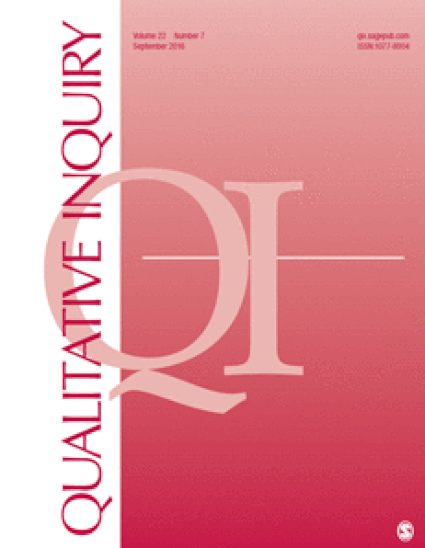
Article
Bouncing Between the Dark and Bright Sides: Can Technology Help Qualitative Research?
Qualitative Inquiry
(2008)
Abstract
The authors carried out a 4-year qualitative analysis of a case study in higher education. An undergraduate course based on the principles of computer sup- ported collaborative learning (CSCL) was designed, implemented, and eval- uated. The process was developed by a community of practice, formed by quite a number of researchers coming from the information and communica- tion technology and education fields. All of them belong to the Intelligent & Cooperative Systems Research Group–Education, Media, Informatics and Culture transdisciplinary group. The case provided many “tasty” partial results that were used to develop and improve three ad hoc supporting tools: Quest, Samsa, and Iloca. In this article, the authors offer a set of reflections about how the aforementioned tools were fed by the ethnographical analysis carried out, helping to overcome problems of flexibility and contextualization that are typical of the generic supporting tools generally used in the evaluation of higher education innovations.
Keywords
- CSCL; qualitative case studies; evaluation supporting tools
Disciplines
Publication Date
October, 2008
Citation Information
Ivan M. Jorrín Abellán, Bartolomé Rubia Avi, Rocio Anguita Martinez, Eduardo Gomez Sanchez, et al.. "Bouncing Between the Dark and Bright Sides: Can Technology Help Qualitative Research?" Qualitative Inquiry Vol. 14 Iss. 7 (2008) Available at: http://works.bepress.com/ivanjorrinabellan/7/
